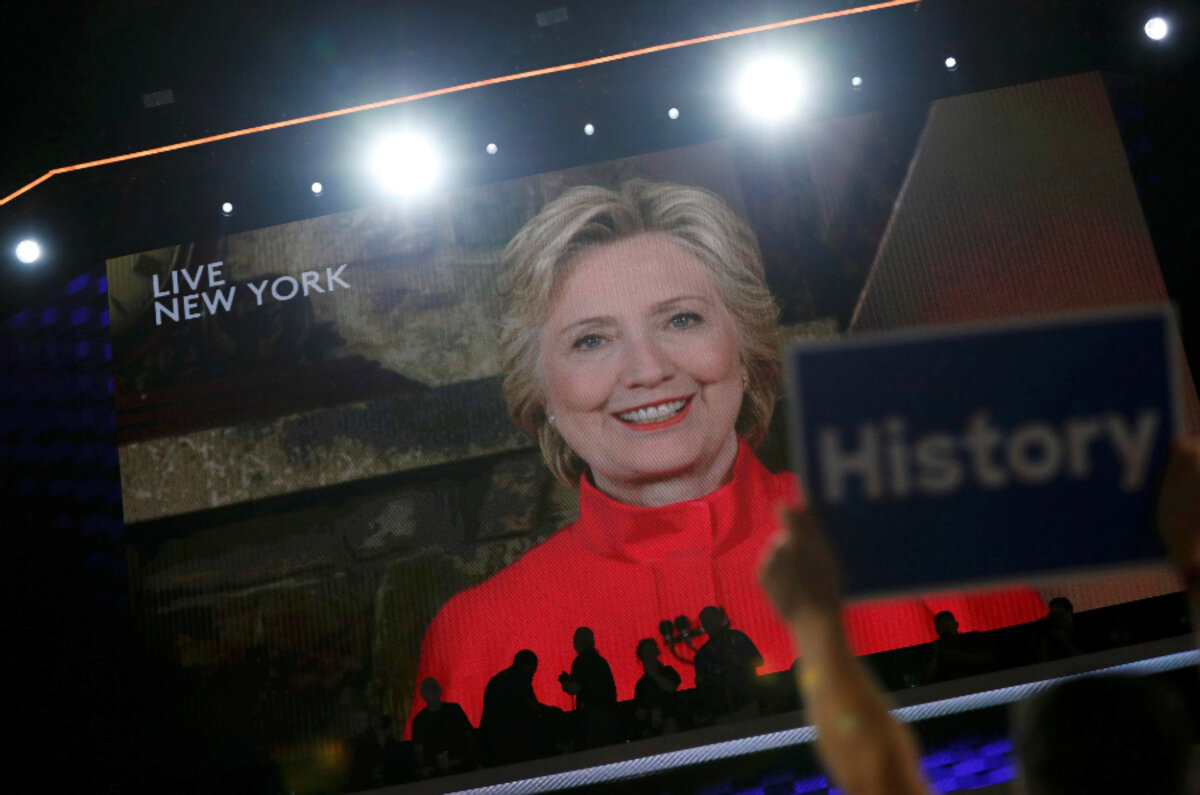How would Clinton’s tax proposals affect different taxpayers?
Loading...
f you'd like to take a break from the made-for-TV thrills of the Democratic convention, TPC has prepared a series of bite-sized explanations of Hillary Clinton's tax proposals. We'll be running them daily while the Democratic Party is gathering in Philadelphia. Last week, while the Republicans were in Cleveland,����������on Donald Trump's tax plan.
Democratic presidential nominee����would raise $1 trillion over the coming decade—and nearly all of it would come��.
The����that the highest-income 20 percent of households would pay an average $4,500 more in taxes (1.7 percent reduction in after-tax income). Even among this group, tax increases would be concentrated among the highest earners. Households between the 80th and 99th percentiles (with income between about $143,000 and about $732,000) would pay between $250 and $2,700 in new taxes (no more than 1.0 percent of after-tax income) while filers with income above $732,000 (the highest 1 percent) would pay��about $78,000 more on average��(5.0 percent of after-tax income). The top 0.1 percent—filers with income greater than $3.8 million—would pay an additional $520,000 ��(7.6 percent of after-tax income).
Low- and moderate income households would pay roughly the same tax as they do today. Their average after-tax incomes would drop slightly (by no more than 0.2 percent of after-tax income) because TPC projects that Clinton’s business tax hikes would slightly lower wages.
The Clinton campaign says she may propose a new tax cut for low- and middle-income households later in the campaign. Such a cut would probably turn after-tax losses into gains for the lowest income 80 percent of households. Stay tuned to see.
This article originally appeared on .




